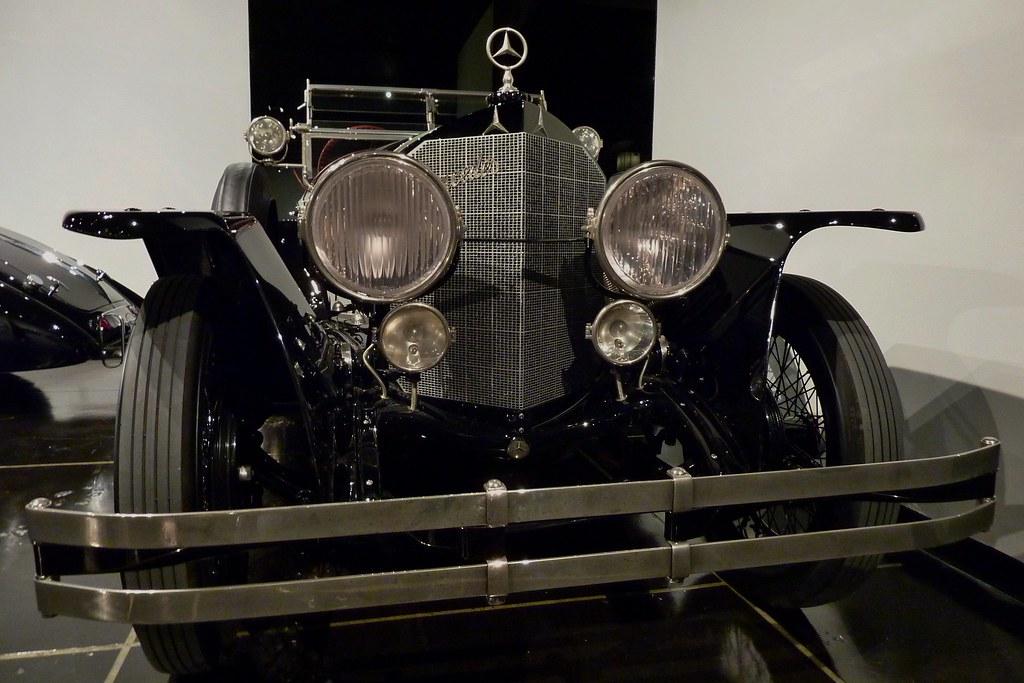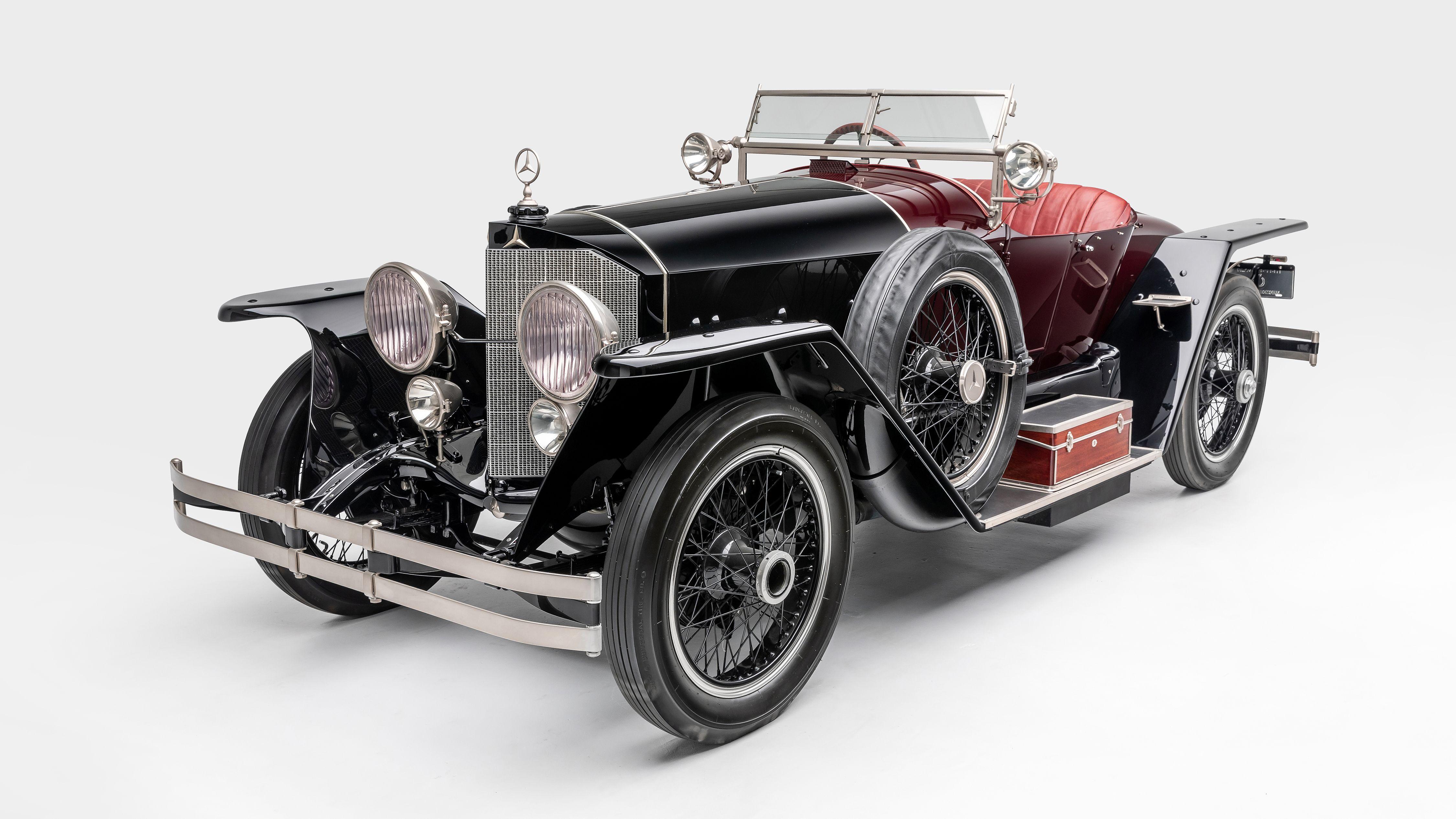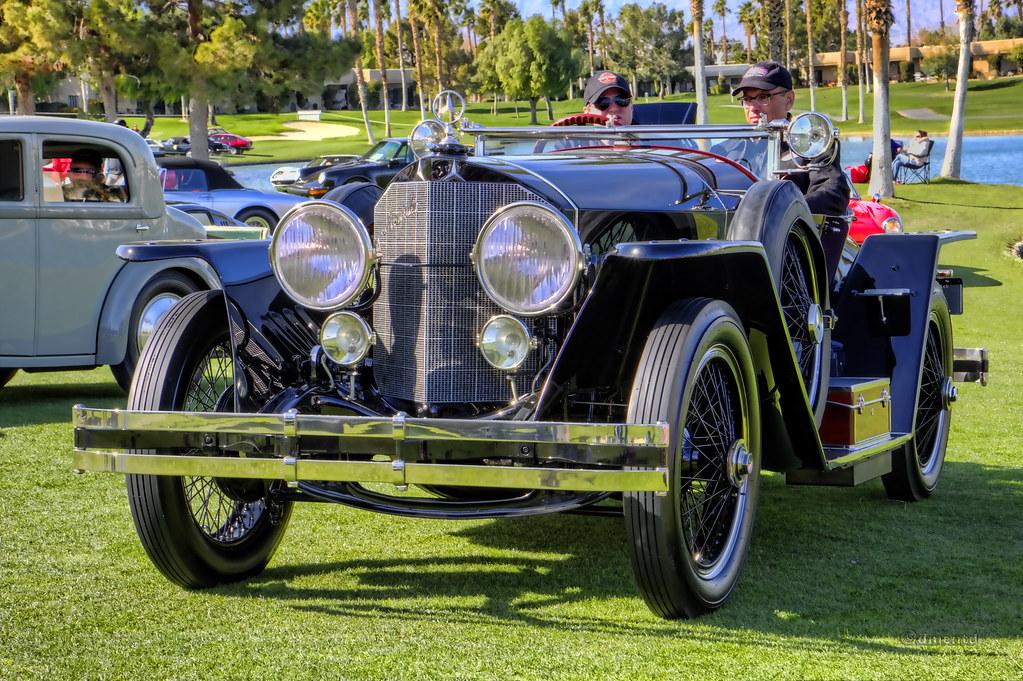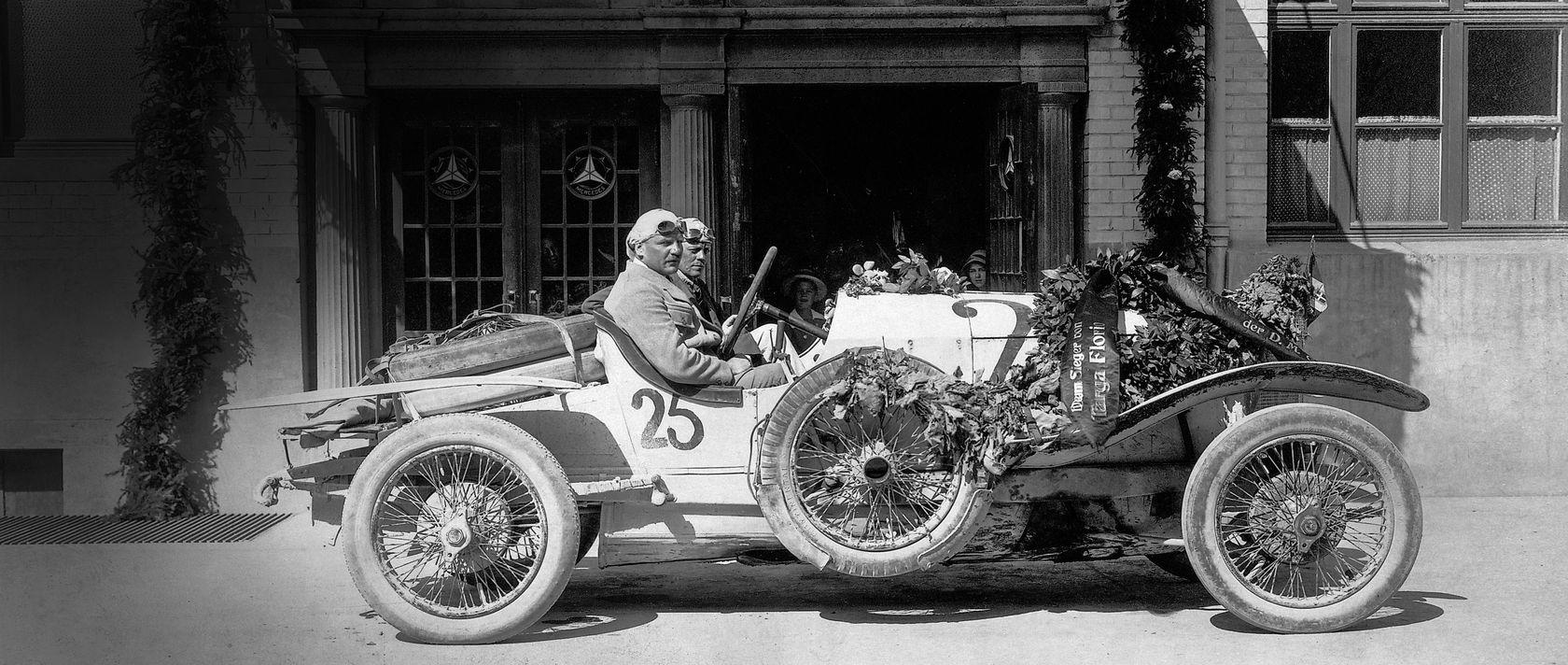1923 Mercedes-Benz Targa Florio 28/95

The descriptions of the Classic Cars in the Directory were partly generated or supplemented with the help of artificial intelligence (AI). The content may occasionally not always be entirely accurate or factually correct despite careful checking.
The 1923 Mercedes-Benz Targa Florio 28/95 is a true masterpiece of automotive engineering. This vintage beauty was created during a time when durability, performance, and elegance were at the forefront of the automotive industry. The Targa Florio was designed to be a powerful sports car, with impressive technical features that set it apart from its contemporaries.
Under the hood of the Targa Florio lies a 7.1-liter, six-cylinder engine that produces a remarkable 95 horsepower. The engine block and cylinder head are made of cast iron, while the connecting rods are forged steel. The camshaft is a single overhead unit, with four valves per cylinder operated by an overhead camshaft. The engine also features a water-cooled oil cooler and a single Stromberg carburetor.
The Targa Florio features a 120-inch wheelbase and a total weight of 3,850 pounds, making it a massive vehicle relative to its time. The chassis is made entirely of steel, with an underslung design that lowers the vehicle's center of gravity. The suspension features semi-elliptic springs at the front and rear, with hydraulic shock absorbers that provide a smooth ride.
The Targa Florio's transmission is a four-speed manual unit that sends power to the rear wheels via a driveshaft. The car can reach speeds of up to 80 miles per hour, thanks in part to its low center of gravity, power-to-weight ratio, and aerodynamic design.
The body of the Targa Florio is a work of art, with a sleek, aerodynamic design that is both elegant and functional. The car's hood, fenders, and doors are made of aluminum, while the frame of the car is constructed of ash wood. The Targa Florio's convertible top is made of canvas, and it can be fully retracted for an open-air driving experience.
Inside the Targa Florio, the attention to detail is apparent. The dashboard features a centrally-mounted speedometer and tachometer, along with gauges for oil pressure and water temperature. The steering wheel is a simple four-spoke design, and the front seats are large and comfortable. The car's rear seats are more cramped, but they provide additional seating for passengers.
Overall, the 1923 Mercedes-Benz Targa Florio 28/95 is a true masterpiece of automotive engineering. With its powerful engine, functional design, and remarkable attention to detail, it's easy to see why this vintage sports car is still highly sought after by collectors and enthusiasts today.
Milestones
- Introduction of the Mercedes-Benz Targa Florio 28/95 in early 1923 - First public appearance at the Targa Florio race in Sicily on April 22, 1923 - The car was driven by Italian racing driver Count Giulio Masetti, who finished first in the 2-litre class and fourth overall - The Targa Florio 28/95 featured advanced engineering, including a supercharged six-cylinder engine that produced 95 horsepower - The car also had a lightweight body made of aluminum and an advanced suspension system with front and rear swing axles - The Targa Florio 28/95 went on to win numerous races throughout the 1920s, including the Klausenpass race in Switzerland and the Coppa Acerbo race in Italy - The car became known as one of the most successful racing cars of its time and helped establish Mercedes-Benz as a leading manufacturer of high-performance vehicles - Today, the Targa Florio 28/95 is considered a valuable and historically significant collector's item, with only a few examples remaining in existence.Technical
• Year: 1923 • Make: Mercedes-Benz • Model: Targa Florio 28/95 • Engine type: 6-cylinder supercharged • Displacement: 4.6 liters • Power output: 95 horsepower • Transmission: 4-speed manual • Suspension: Rigid axles and leaf springs • Brakes: Rear-wheel mechanical drum brakes • Top speed: 160 km/h (100 mph) • Production number: Only 5 were manufactured



CLASSIC CAR MATCHER
